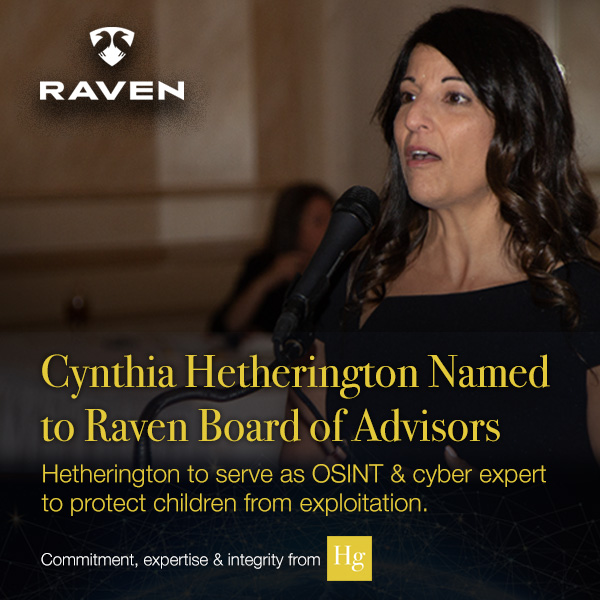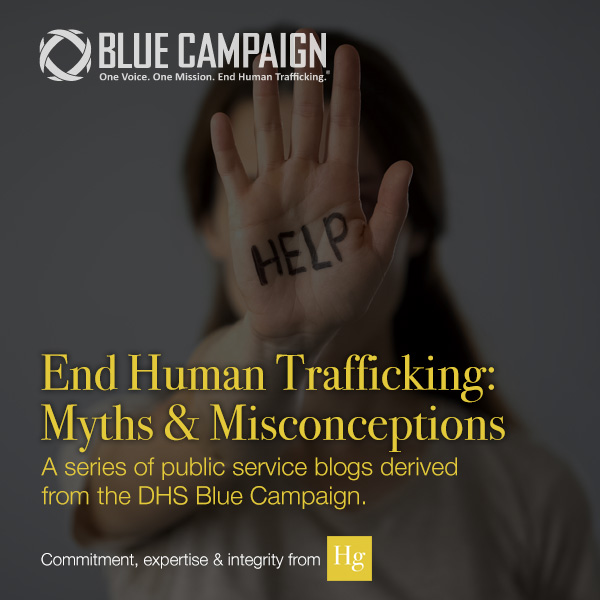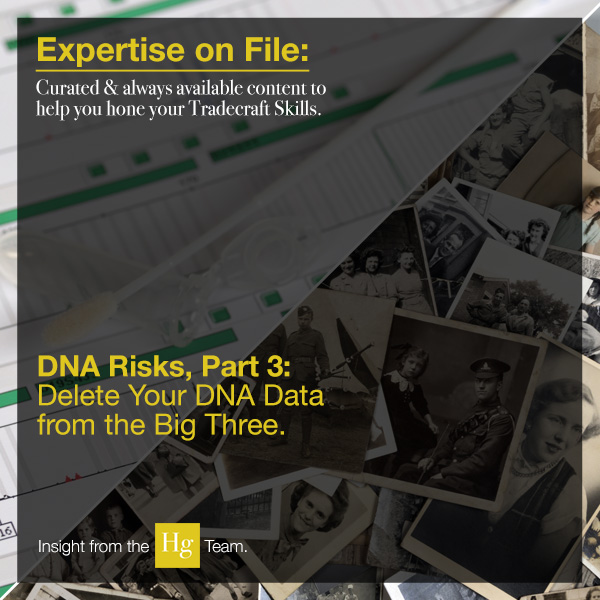By Cynthia Hetherington
 As cyber intelligence investigators, we need to assess what is a real issue and what is simply white noise. To respond quickly and efficiently, we need a platform and a format that help organize everything coming in over the wires. Consider a Twitter-popular mega celebrity tweeting her “hot new eyelashes are on fire, OMG…so excited!” The phrase “on fire” will flag every social media monitor programmed to watch for public safety incidents.
As cyber intelligence investigators, we need to assess what is a real issue and what is simply white noise. To respond quickly and efficiently, we need a platform and a format that help organize everything coming in over the wires. Consider a Twitter-popular mega celebrity tweeting her “hot new eyelashes are on fire, OMG…so excited!” The phrase “on fire” will flag every social media monitor programmed to watch for public safety incidents.
With social media posts, monitoring systems, message boards, and local television news programs, it can quickly become a herculean effort to whittle thousands of messages down to the two truly important ones—within an hour’s deadline. The good news is that vendors are crafting platforms based on artificial intelligence to help identify and refine copious amounts of content into useful content. Each new resource helps with the process.
In this 2-part blog series, Hg explores the ever-growing field of tools and resources to make your searches thorough and efficient and discusses how to capture and record your findings and. This week, we dive into the many tools and resources currently available to the cyber investigator.
Social Media and Open Sources
There are online tools for minimizing the flow of information on social media websites and for creating alerts of said findings. Among them are DarkOwl, LifeRaft Navigator, Media Sonar, Echosec, Dataminr. These resources are built to capture social media and open source intelligence. In addition, CyberTOOLBELT offers tangential resources, e.g., looking up whois information or directly monitoring singular web and social media pages.
Free alerting resources include Claz.org and SearchTempest for goods and products, BizNar for business news, social mention and Tagboard for social media posts, and Google Alerts for everything else. To locate more websites like these, follow the news on Social Media Examiner, which tracks and reports on social media monitoring tools.
Industry Sources
Specialized trade journals, reference sources, and industry-specific publications offer in-depth analysis of the minutiae within their targeted industry. Industry journal writers are generally experts in their fields. Since the writers may be business developers, company presidents, and chief executive officers, they tend to write at a higher level of specificity. Generalization is exchanged for details. Interviews with key people turn into personal exchanges between interviewer and interviewee. Mutual trust and respect between journalist and interviewee increase because each speaks the same language, resulting in a knowledge-based exchange that can be insightful. Industry movers and shakers are often profiled in each issue, noting who is moving to which company, which companies are being bought or sold, and what new products are being released. These specialized journals are published by trade associations, industry-targeted publishers, or companies themselves. Note: Advertisers need to be appeased; there may be some bias.
As noted above, BizNar is a good, free resource for focused, specific journal and trade tracking. Of the fee-based services, use ProQuest Dialog, Factiva, LexisNexis, and Thomson Reuters.
Government Sources
The U.S. government is the largest publisher of information. As the oversight and risk managers for every industry, trade, and product produced, it holds the greatest amount of information.
Researching government agencies is an important component of standard sources used in investigations. To most investigators, “government documents” mean public records, such as court cases, business registrations, or Securities and Exchange Commission (SEC) filings. Often these types of government documents, or an index of the documents, are available on various government agency websites for free or for a nominal cost. BRB Publications is a one-stop, free website holding an extensive and up-to-date collection of U.S. government information sources.
Other handy, publicly available, government publications are industry reports, government studies and surveys, military reports, historical documents, and white papers. Accessing these documents can be cumbersome. But much of the information is now available at various websites. A good place to start searching for them is through the U.S. Government search engine, www.usa.gov. Outside of the United States, start with the Library of Congress Guide to Law Online.

Are you an analyst or investigator looking for advanced training on unique social search tools? If so, check out Hg’s recorded webinar, Utilizing Social Media and Other Search Resources. This class expands your general knowledge of social media platforms and search engines, allowing you to create thorough reports for your clients.
 With over twenty-five years of global experience risk monitoring, Hetherington Group offers companies of all sizes Current Awareness Risk Monitoring Service—our proprietary Internet, chat room, and news monitoring system designed for online vigilance. Our alerts aggregate data from over 20 million foreign and domestic resources. Learn how Hg’s analysts can keep you, your company, and your loved ones safe from online predators, protesters, and hackers.
With over twenty-five years of global experience risk monitoring, Hetherington Group offers companies of all sizes Current Awareness Risk Monitoring Service—our proprietary Internet, chat room, and news monitoring system designed for online vigilance. Our alerts aggregate data from over 20 million foreign and domestic resources. Learn how Hg’s analysts can keep you, your company, and your loved ones safe from online predators, protesters, and hackers.
 Cynthia Hetherington, MLS, MSM, CFE, CII is the founder and president of Hetherington Group, a consulting, publishing, and training firm that leads in due diligence, corporate intelligence, and cyber investigations by keeping pace with the latest security threats and assessments. She has authored three books on how to conduct investigations, is the publisher of the newsletter, Data2know: Internet and Online Intelligence, and annually trains thousands of investigators, security professionals, attorneys, accountants, auditors, military intelligence professionals, and federal, state, and local agencies on best practices in the public and private sectors.
Cynthia Hetherington, MLS, MSM, CFE, CII is the founder and president of Hetherington Group, a consulting, publishing, and training firm that leads in due diligence, corporate intelligence, and cyber investigations by keeping pace with the latest security threats and assessments. She has authored three books on how to conduct investigations, is the publisher of the newsletter, Data2know: Internet and Online Intelligence, and annually trains thousands of investigators, security professionals, attorneys, accountants, auditors, military intelligence professionals, and federal, state, and local agencies on best practices in the public and private sectors.



